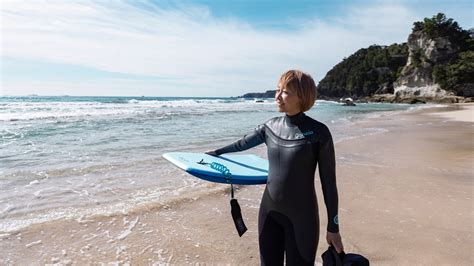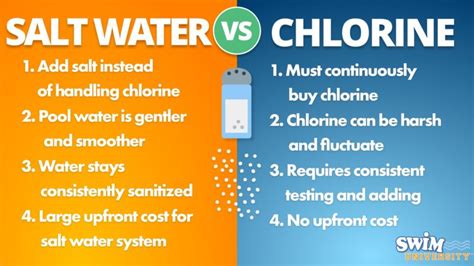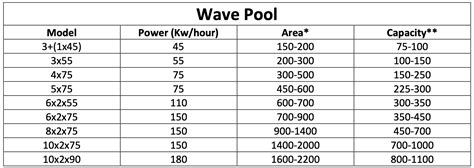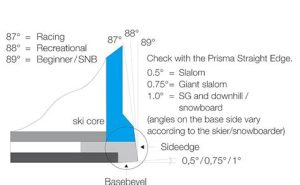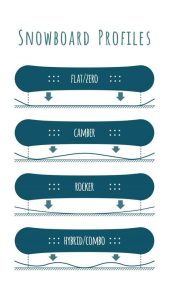Surf Therapy Protocols Wave Catching Success vs PTSD Reduction
In recent years, alternative therapies have gained significant attention for their potential in treating various mental health conditions. One such therapy that has been making waves is surf therapy. This unique approach to healing combines the exhilarating experience of surfing with evidence-based protocols to help individuals manage and reduce symptoms of PTSD (Post-Traumatic Stress Disorder). This article explores the effectiveness of surf therapy protocols in achieving wave-catching success and its impact on PTSD reduction.
## The Concept of Surf Therapy

Surf therapy is a form of psychotherapy that incorporates the act of surfing as a therapeutic tool. It is designed to help individuals build resilience, improve emotional regulation, and enhance their overall well-being. The theory behind this approach is that the repetitive motion of paddling and riding waves can help individuals find a sense of rhythm and flow, which can be soothing and grounding.
## Surf Therapy Protocols: A Blueprint for Success
Surf therapy protocols are carefully designed to ensure that individuals with PTSD receive the most effective treatment possible. These protocols often include a combination of the following elements:
1. **Assessment and Evaluation**: Before beginning surf therapy, a comprehensive assessment of the individual’s mental health, surfing experience, and specific PTSD symptoms is conducted. This helps therapists tailor the treatment plan to the individual’s unique needs.
2. **Education and Preparation**: Participants are educated about the basics of surfing, the equipment used, and the potential risks involved. They are also taught about the psychological benefits of surfing and how to use it as a therapeutic tool.
3. **Guided Sessions**: Therapists accompany participants during their surf sessions, providing guidance, support, and reassurance. These sessions are designed to help individuals build confidence, improve their surfing skills, and establish a connection with the ocean.
4. **Mindfulness and Meditation**: Surf therapy often incorporates mindfulness and meditation techniques to help individuals stay present and focus on their breath and movements. This can lead to a reduction in stress and anxiety, which are common symptoms of PTSD.
5. **Progressive Exposure**: Participants are gradually exposed to more challenging surfing conditions, such as bigger waves and more intense ocean environments. This helps them develop resilience and adaptability, which are crucial for managing PTSD symptoms.
## Wave Catching Success: Measuring the Impact
The effectiveness of surf therapy protocols in reducing PTSD symptoms has been assessed through various studies. While research is still ongoing, several studies have shown promising results:
1. **Improved Psychological Well-being**: Participants in surf therapy programs have reported significant improvements in psychological well-being, including reduced levels of anxiety and depression.
2. **Enhanced Resilience**: Surf therapy has been shown to help individuals build resilience, which is essential for managing PTSD symptoms and preventing relapse.
3. **Increased Quality of Life**: Participants often report an improved overall quality of life, as they feel more connected to themselves, others, and the natural world.
## Conclusion
Surf therapy protocols have demonstrated great potential in reducing PTSD symptoms and improving the quality of life for individuals with this condition. The combination of the exhilarating experience of surfing and evidence-based psychotherapy techniques makes surf therapy a unique and effective treatment option. As research continues to support its benefits, it is likely that surf therapy will become an increasingly popular and valuable tool in the fight against PTSD.
